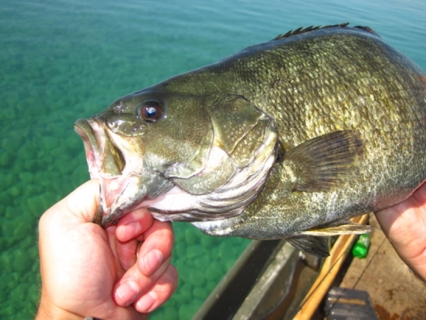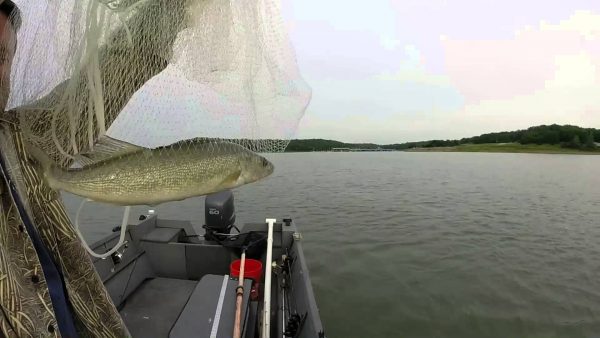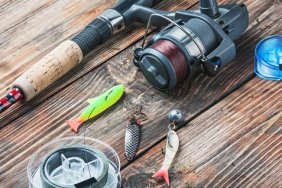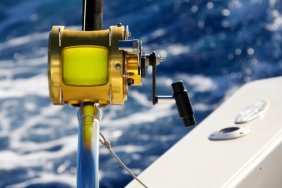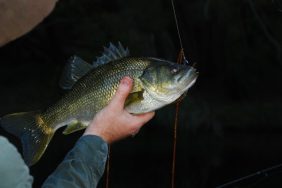Fall is arguably the most productive time of year to fish for walleyes, especially big walleyes, but to capitalize on this opportunity, you need to understand the best strategies for catching fish in October and beyond.
Forget the tactics you used to catch walleyes during the spring and summer. Fall is a new season and understanding fall walleye activity will dramatically improve your success rate.
ACTIVITY
As the water temperature begins to dramatically cool in late September and October, walleyes begin feeding heavily in preparation for winter. They congregate and become aggressive as they feed on schools of baitfish, such as perch, shiners and minnows.
The first key movement walleyes make in the fall occurs when the weeds start to die. The dying weeds reduce oxygen levels in the water, which spurs baitfish and walleyes to move to deeper water, in search of higher oxygenated water. Typically, they move to a drop off, hump, sandbar, rock pile or other structure. Wherever the baitfish move, the walleyes will follow.
The next important move occurs in late October or November, when the weeds have died and falling water temperatures increase the oxygen levels in shallow water. This prompts baitfish and walleyes to return to shallower water as winter approaches.
RELATED: How to Work the Weeds for Walleye
FEEDING
The aggressive feeding activity of fall ramps up dramatically with the fish establishing three main feeding periods during the day. In most cases, walleyes will feed in the early morning, during the middle of the day and again in the evening.
Outside of these key feeding periods, the fish will be located near the baitfish holding areas.
While feeding activity remains high throughout the fall, the metabolism of the fish does slow down when the water gets cold and ice-up approaches. During this period they move more slowly and will be less aggressive.
RELATED: 3 Keys to Successful Walleye Trolling
ANGLER APPROACH
When fall walleyes are feeding aggressively, anglers need to be aggressive too. Move quickly from one area to the next in search of actively feeding walleyes. When you find them, stay on them until their feeding activity slows down.
Any number of baits can work during this period, including crankbaits, spinners, jigs, spoons and live bait. Remember, the fish are feeding on baitfish, so anything that resembles the food they are eating can be effective. Work your baits quickly and aggressively.
When the water temperatures become cold and the walleye’s metabolism slows down, you need to slow down too. During this period, live bait is especially effective. Work it slowly to allow the fish time to take your offering. Slow trolling or drifting works well to locate actively feeding fish. This late fall time is especially good for night angling.
Throughout the fall, the important thing to remember is to be flexible. Be willing to try a number of baits and presentations, because conditions and fish activity can change dramatically from one day to the next. If one technique is not working, shift gears and try something different. Troll, jig, drift or cast until the fish respond.
Fish gallery
-
Fishing Files
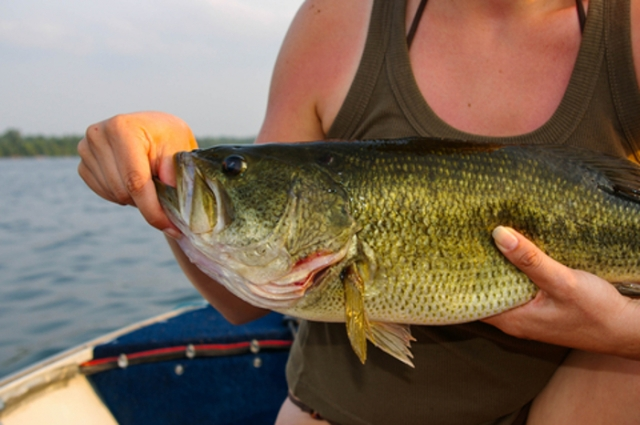
-
Striped Bass
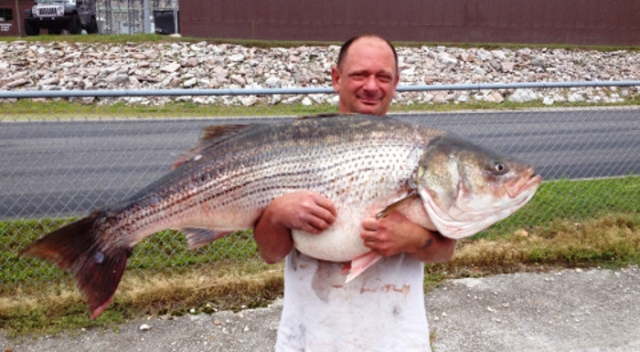
-
Fishing Files
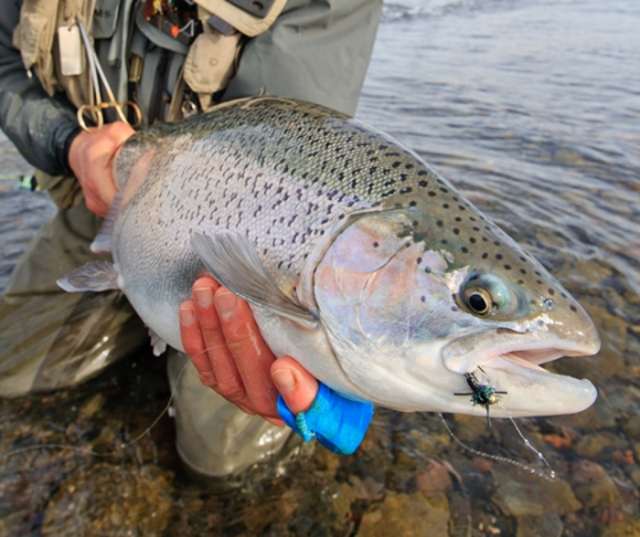
-
Smallmouth Bass
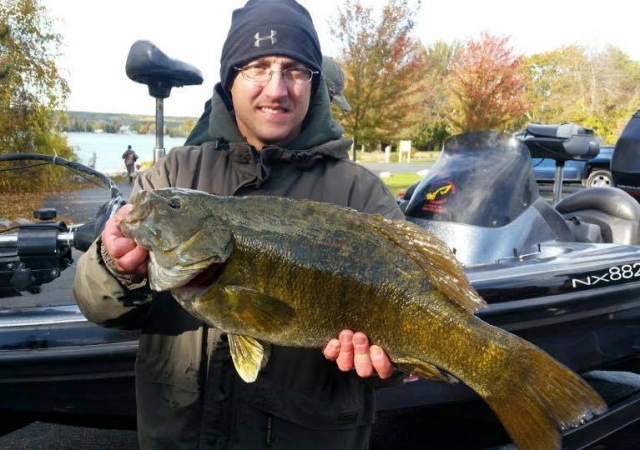
-
Fishing Files
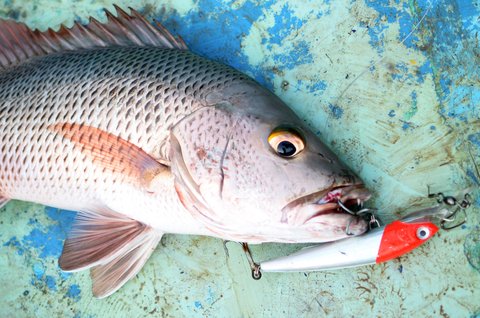
-
Fishing Files
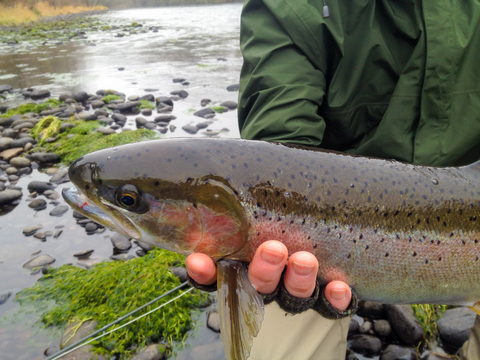
-
Largemouth Bass
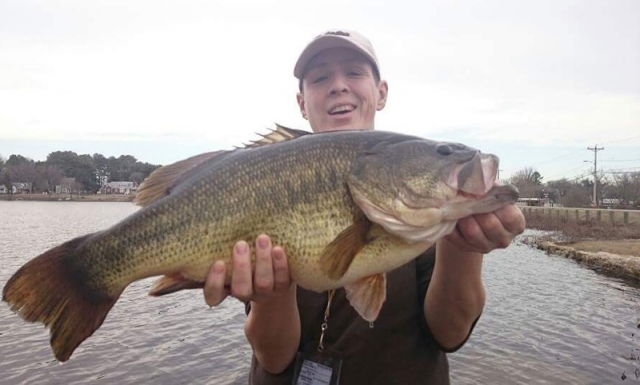
-
Fish fail in Russia
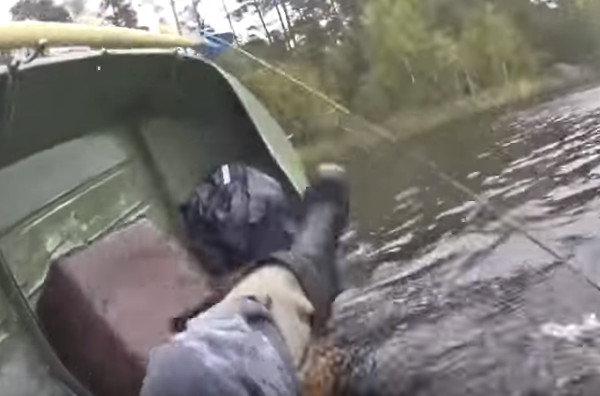
-
Bait fish
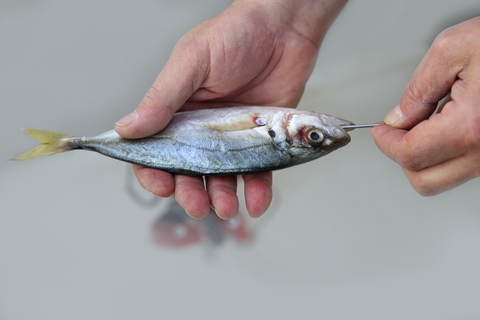
-
Fishing the weeds
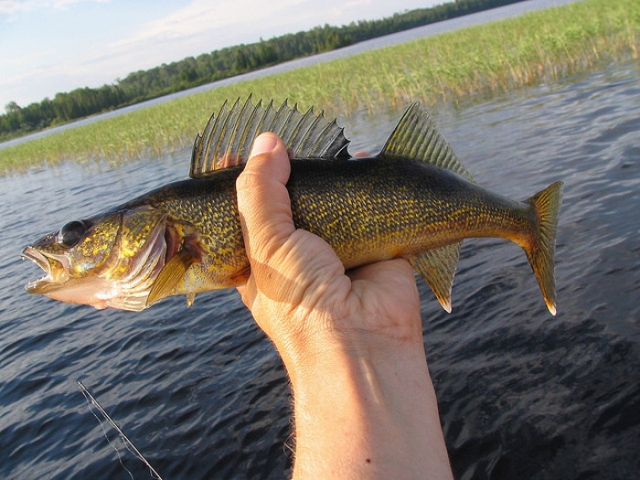
-
Fishing Waders
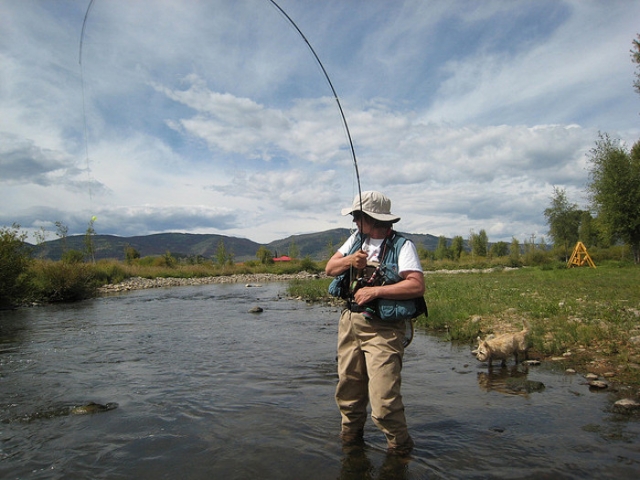
-
Old Man Fishing
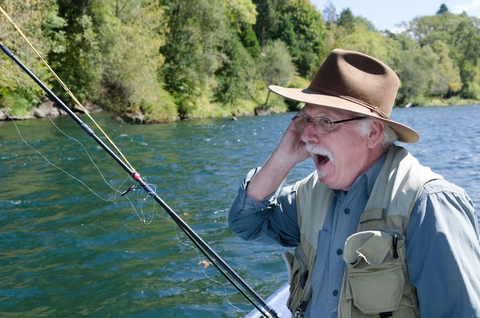
-
Fishing
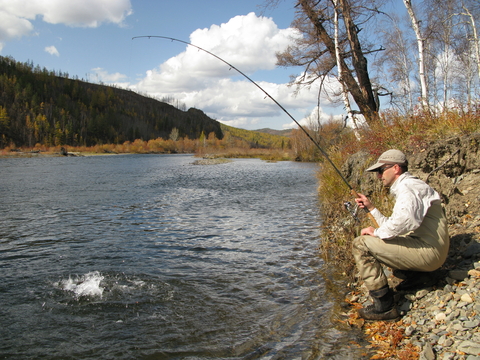
-
City Fishing
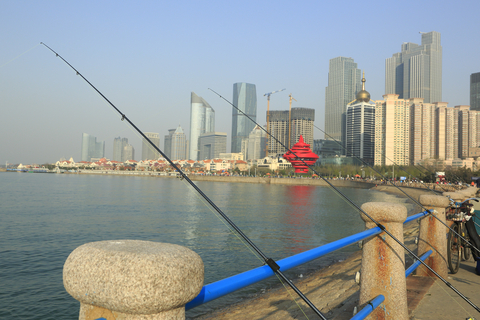
-
Fishing the cold
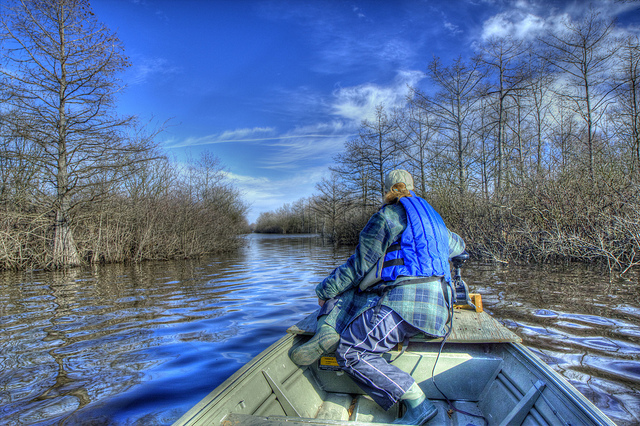
-
Fishing sunset
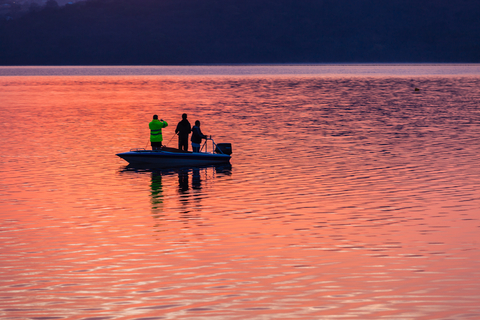
-
Bank fishing
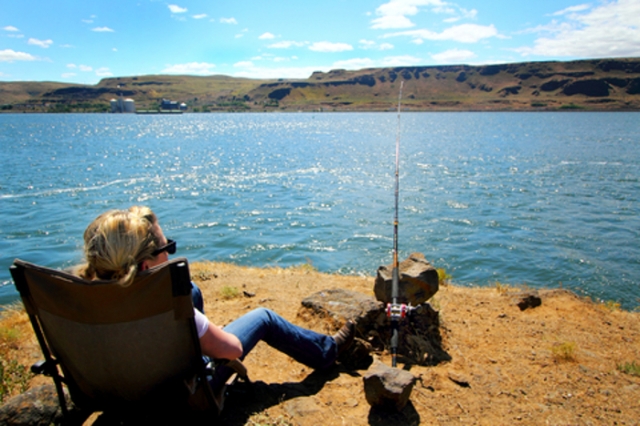
-
Day glow fishing boat
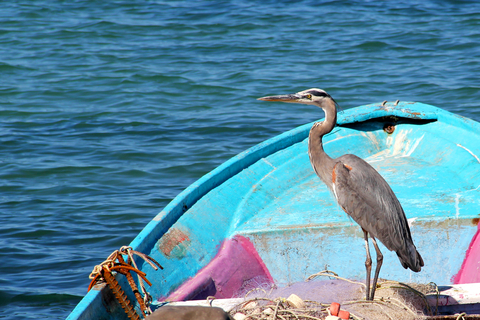
-
Fishing Pro
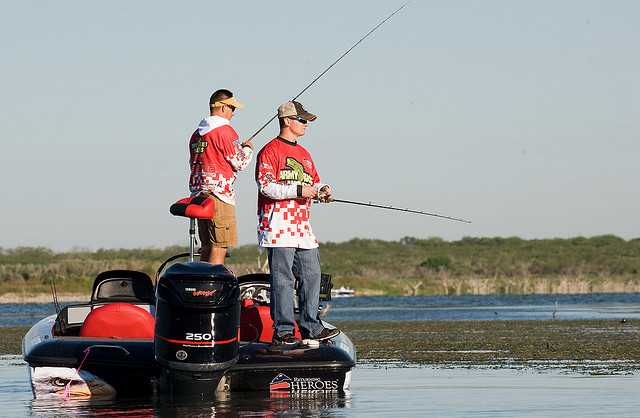
-
Fishing
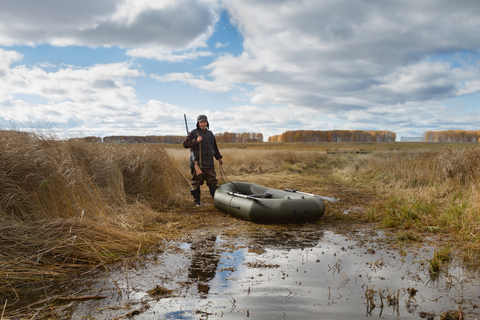
-
Fly fishing
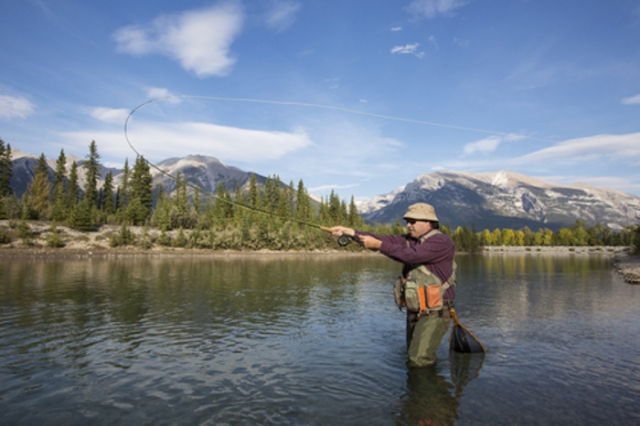
-
Fishing Files
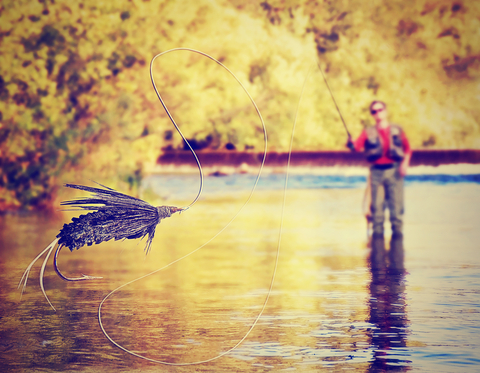
-
Fishing Files
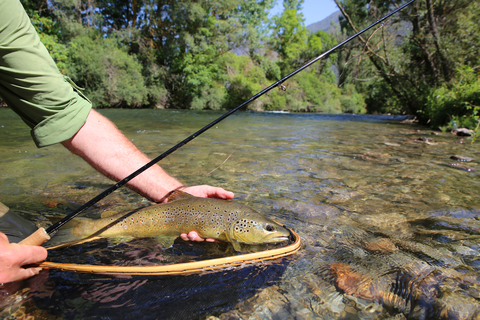
-
Fly reel
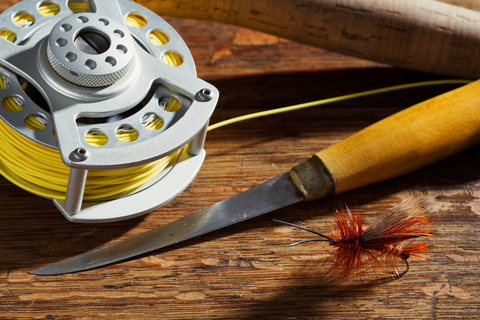
-
Gar Fish
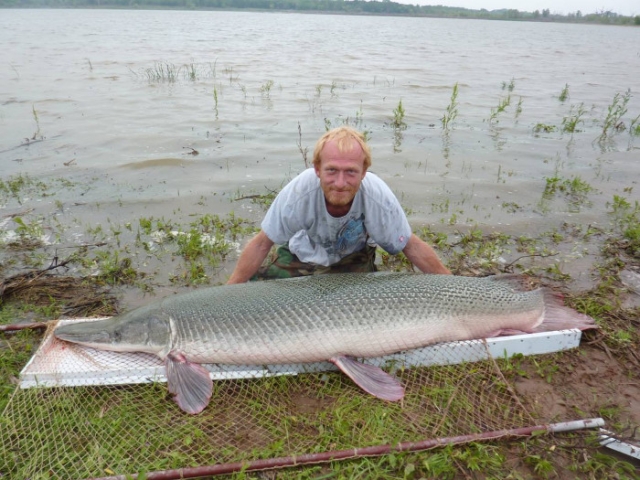
-
Golden Trout
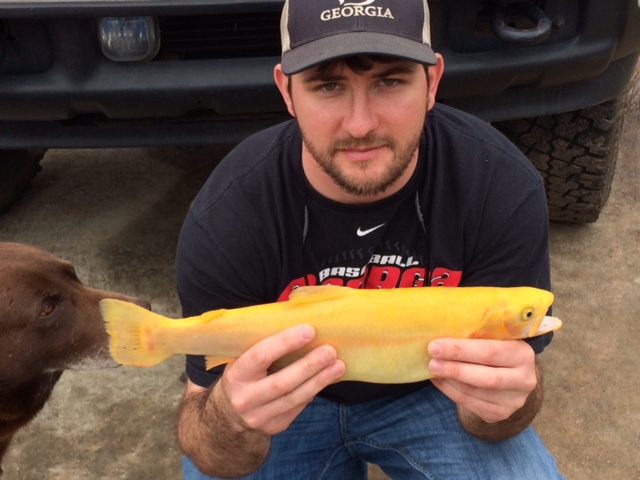
-
Ice Auger
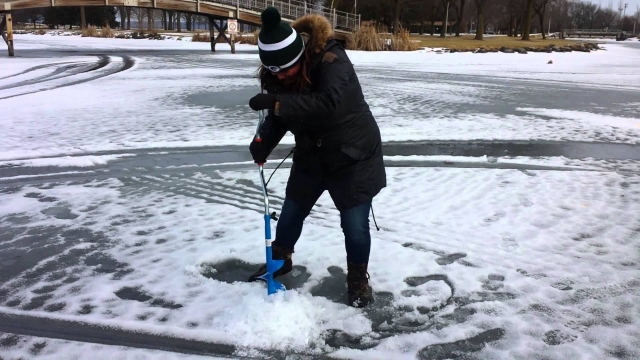
-
Ice Fishing
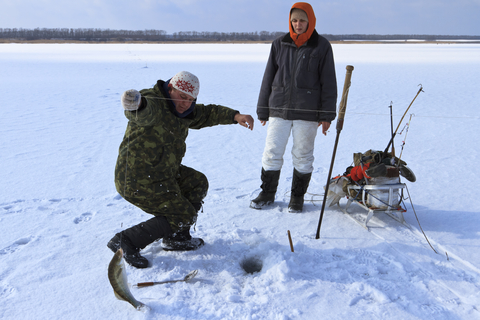
-
Halibut
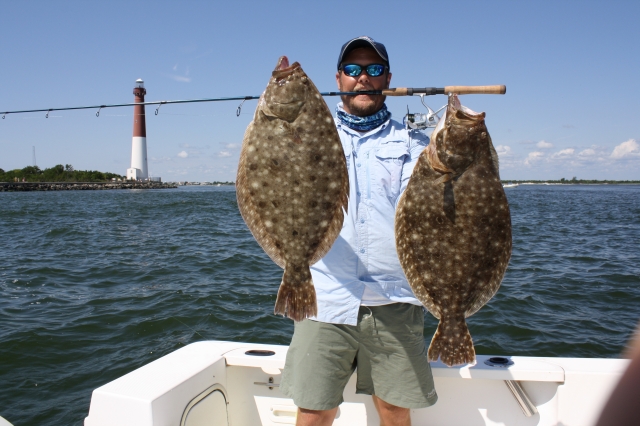
-
Bass Fish
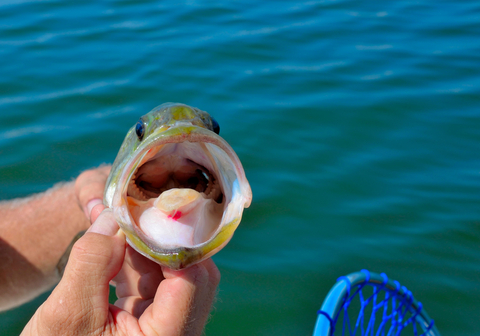
-
Lobster Dog
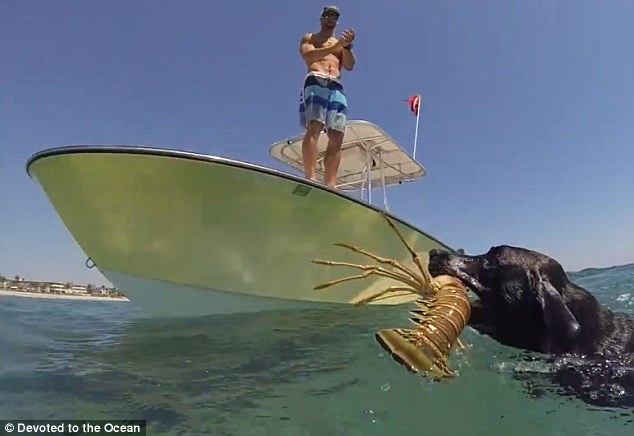
-
Marlin Fishing
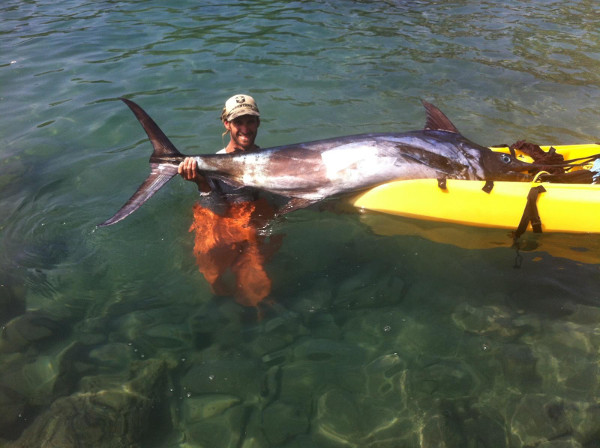
-
Muskie
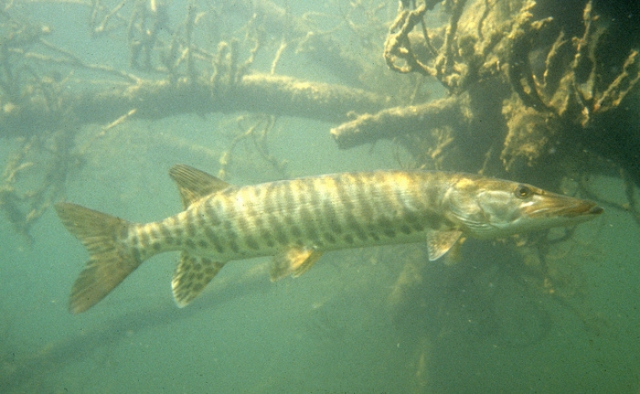
-
Fishing Files
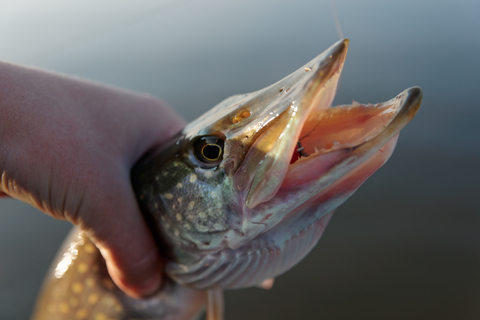
-
Nymph
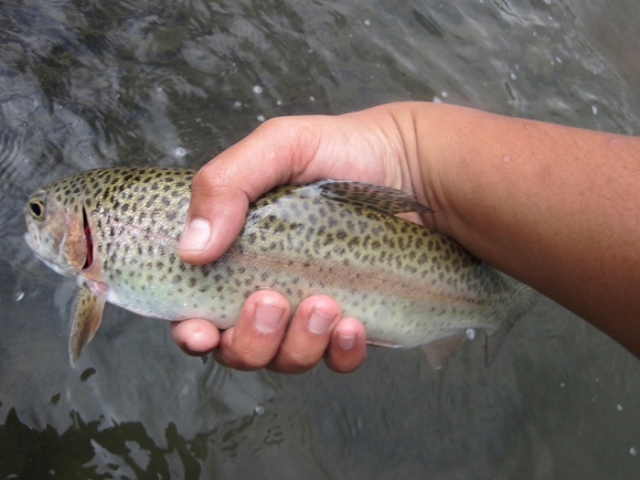
-
Oarfish
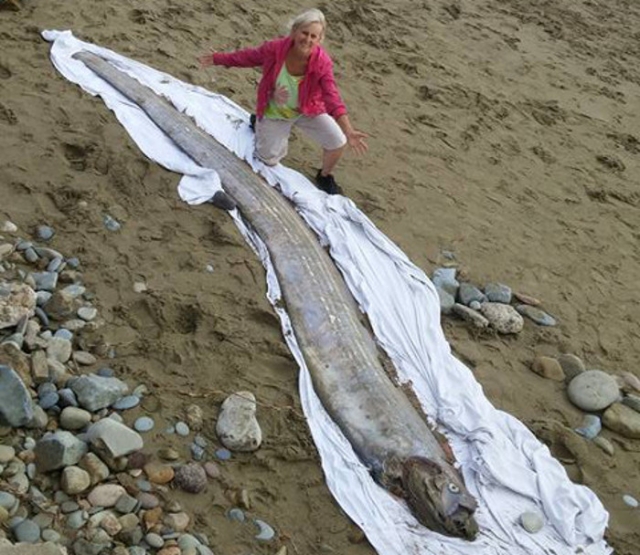
-
Obama Fishing
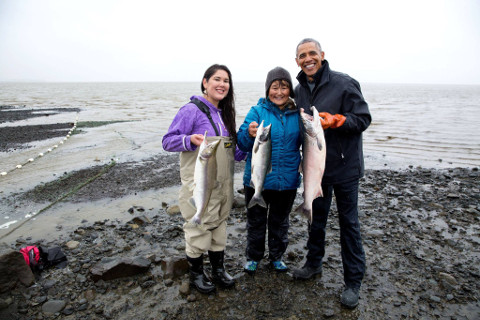
-
Panfish
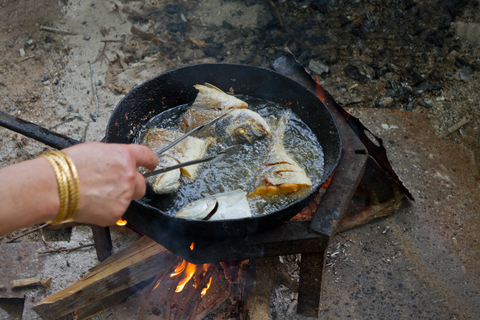
-
Pelican

-
Fishing Files
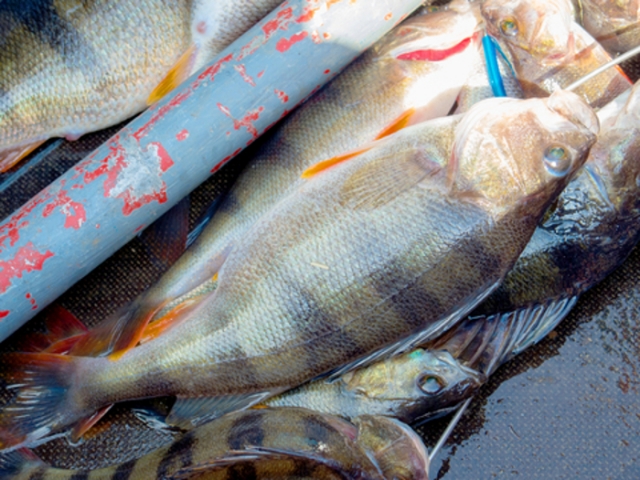
-
Fishing Files
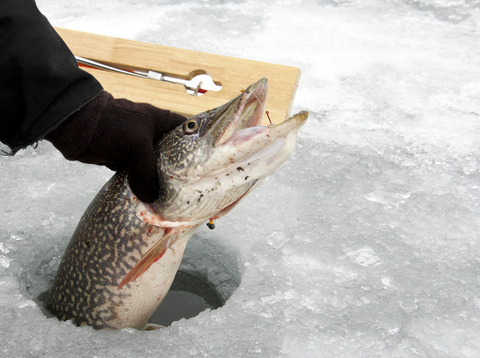
-
Fishing Files
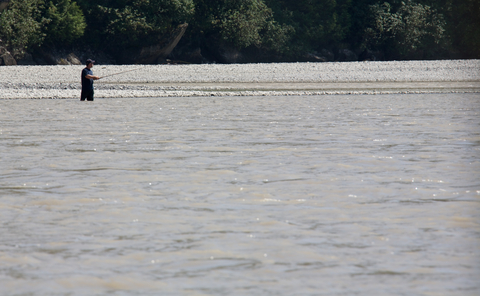
-
Fishing Files
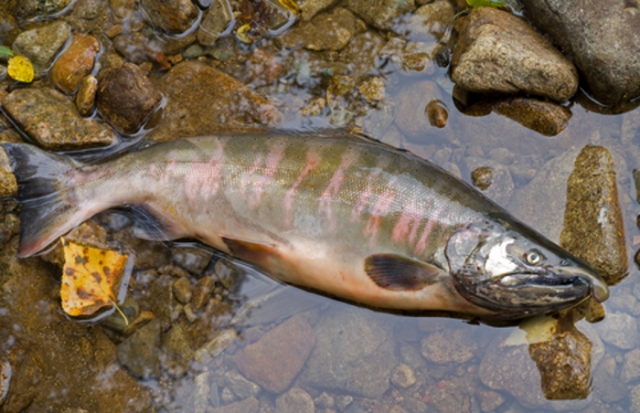
-
Fishing Files
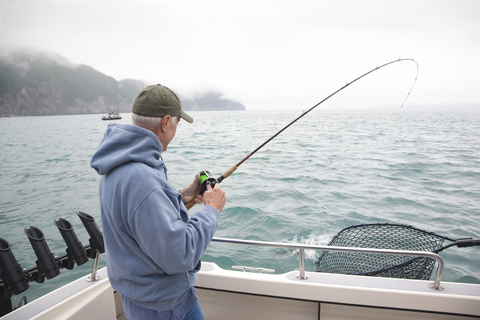
-
Fishing Files
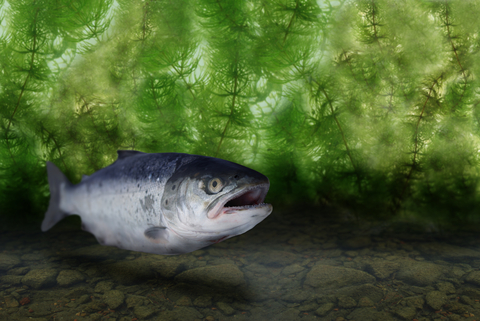
-
Fishing Files
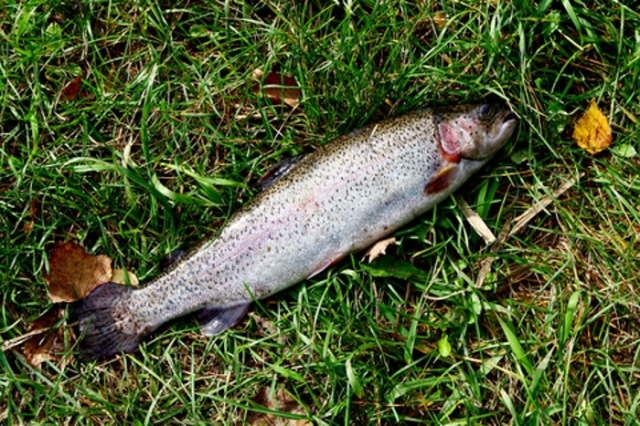
-
Fishing Files
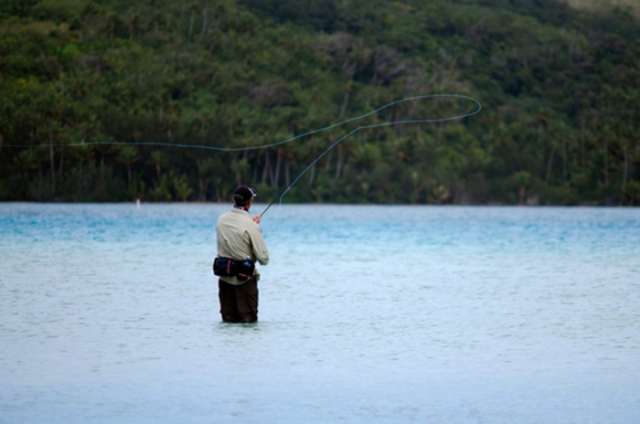
-
Fishing Files
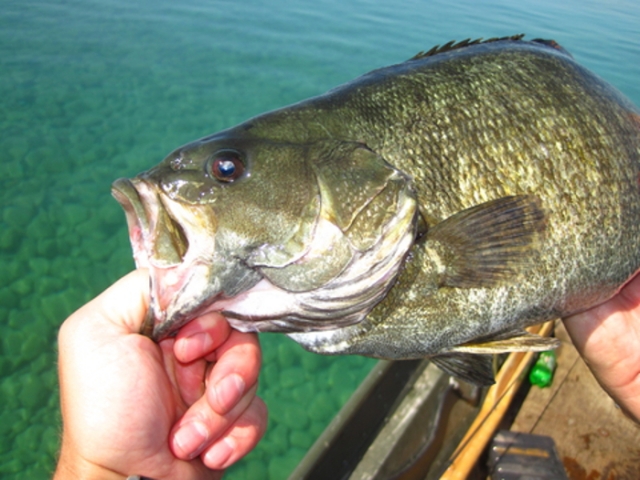
-
Snakehead
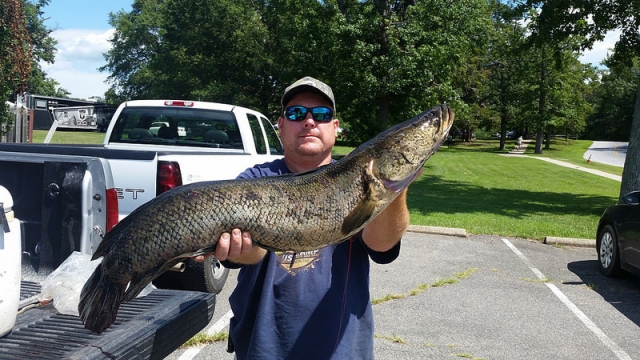
-
Spinner Shark
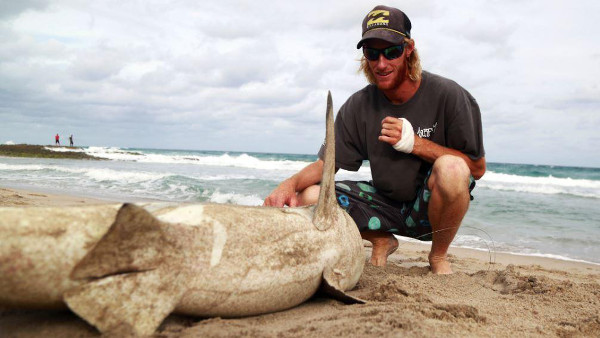
-
Spotted Bass
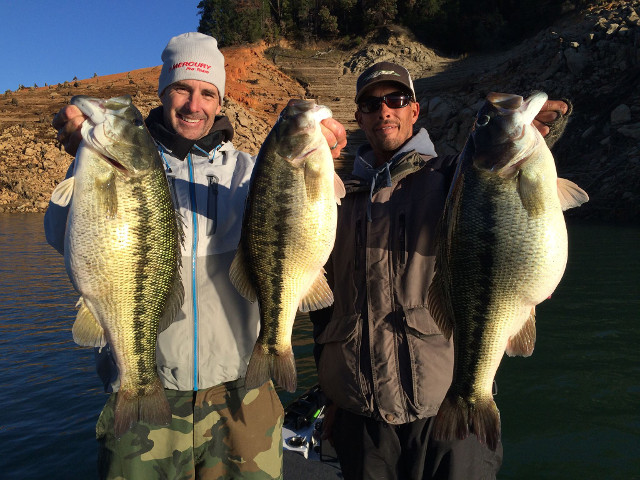
-
Striped Bass
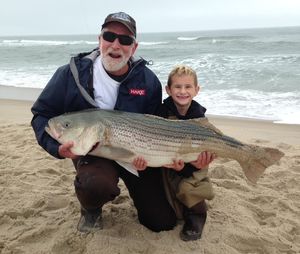
-
Sturgeon
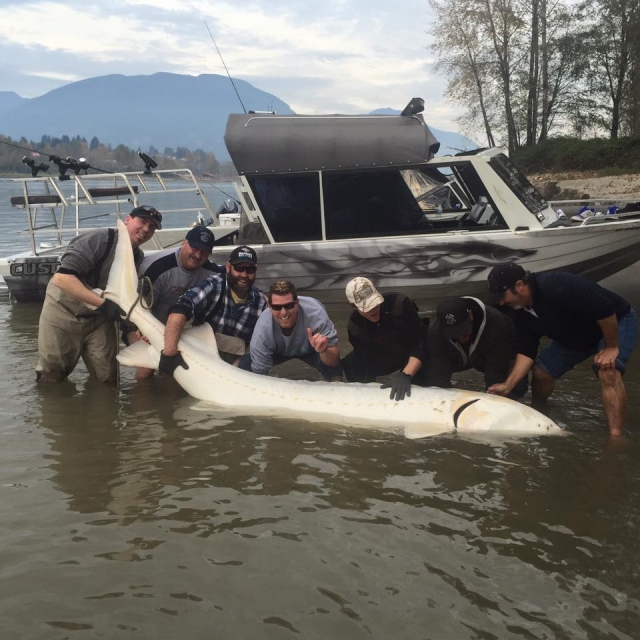
-
Fishing Files
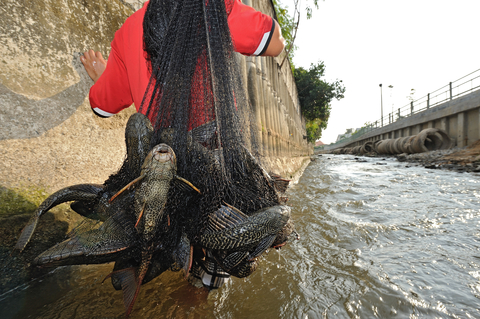
-
Trout Fishing
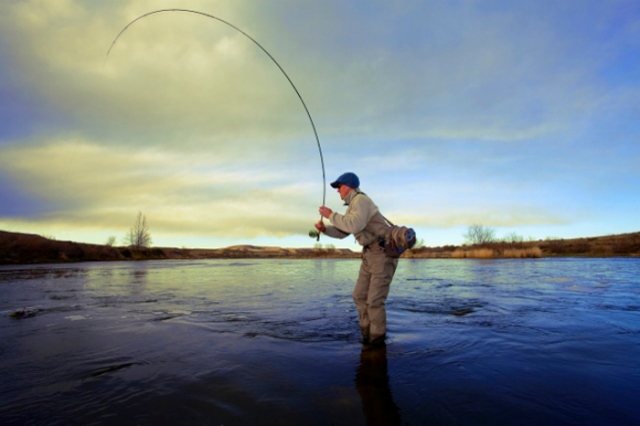
-
Fishing Files
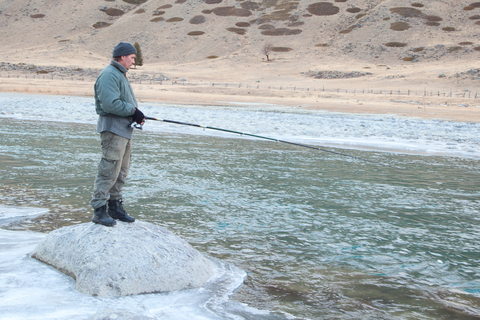
-
Fishing Files
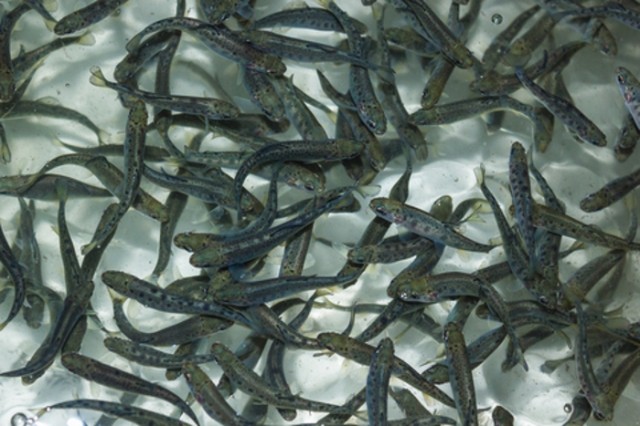
-
Fishing Files
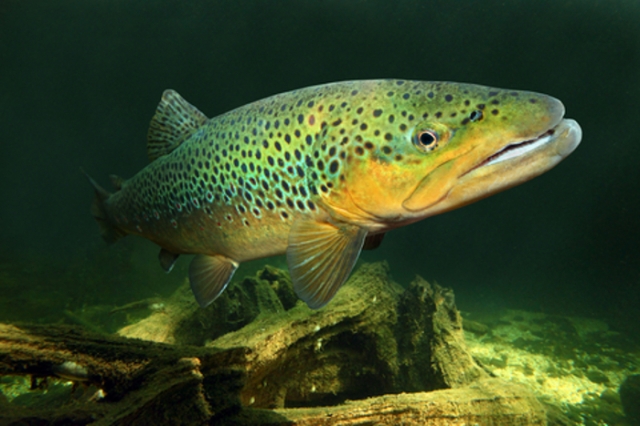
-
Fishing Files
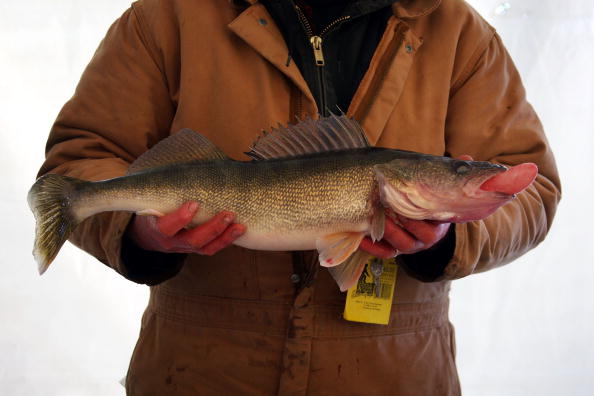
-
Northern Pike
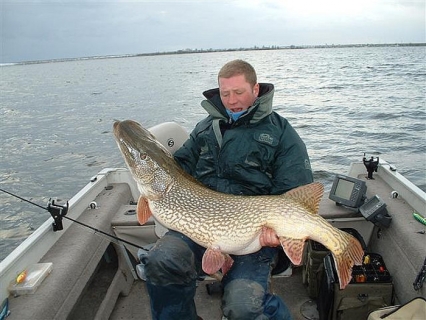
-
School of Karanteen
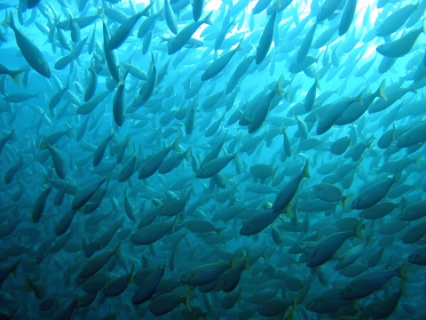
-
Walleye
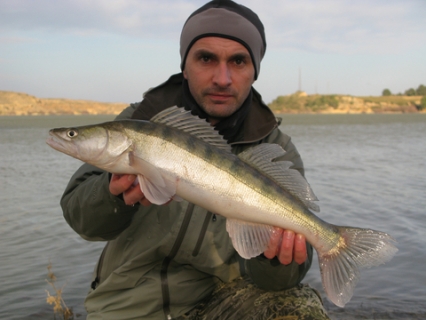
-
Goliath Grouper
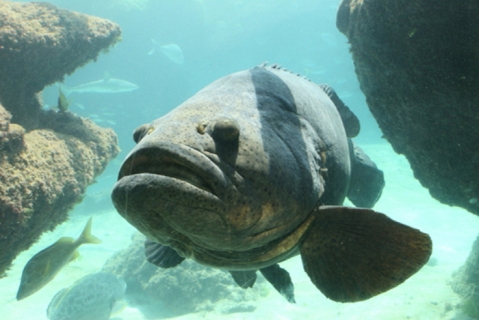
-
Barracuda
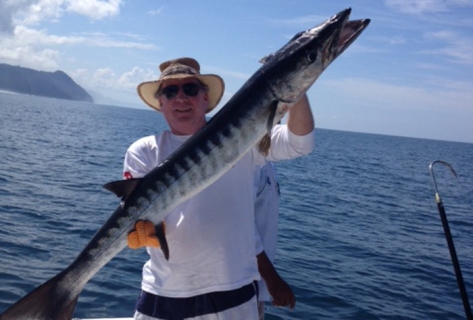
-
European Chub
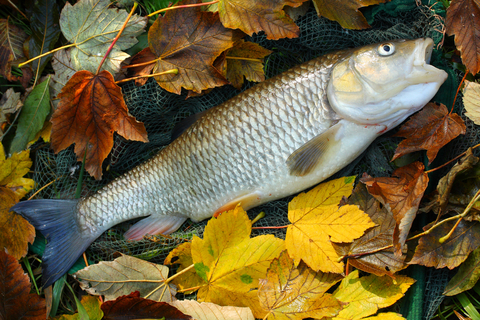
-
Drum Fish
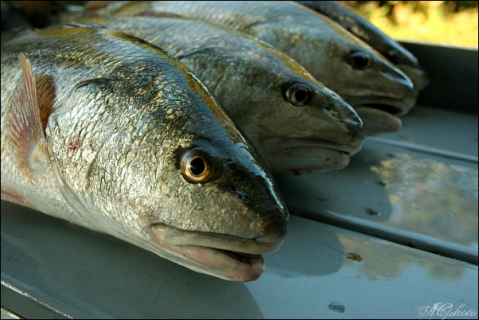
-
Grouper
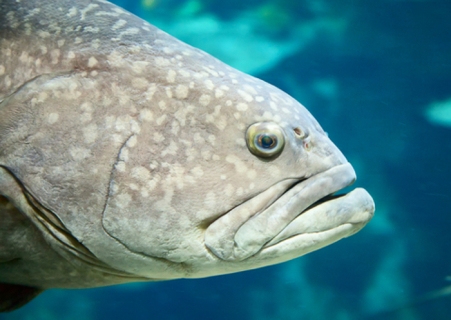
-
Blue Catfish

-
Catfish
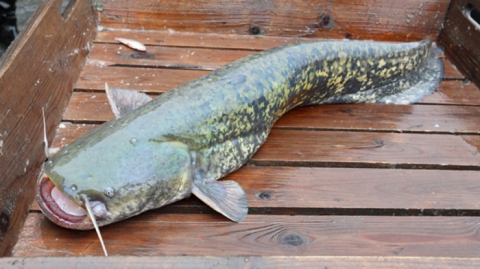
-
Star Puffer Fish
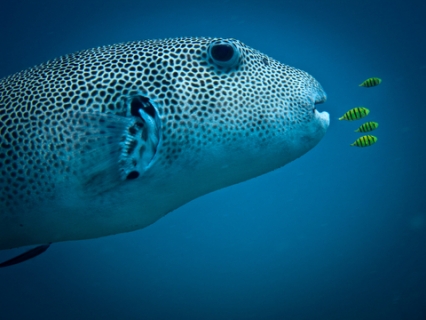
-
Napoleon Fish
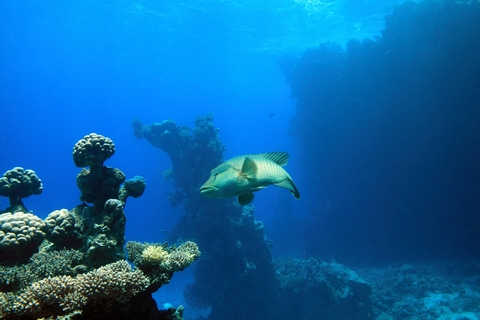
-
Smoked Trout
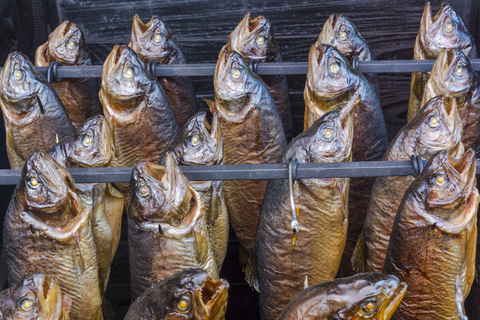
-
Perch
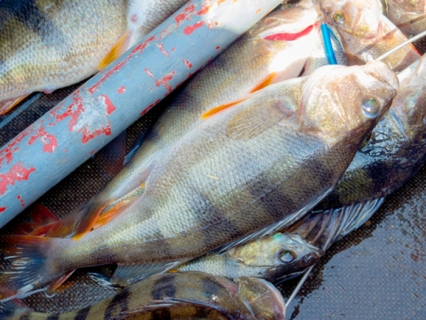
-
Smallmouth Bass
